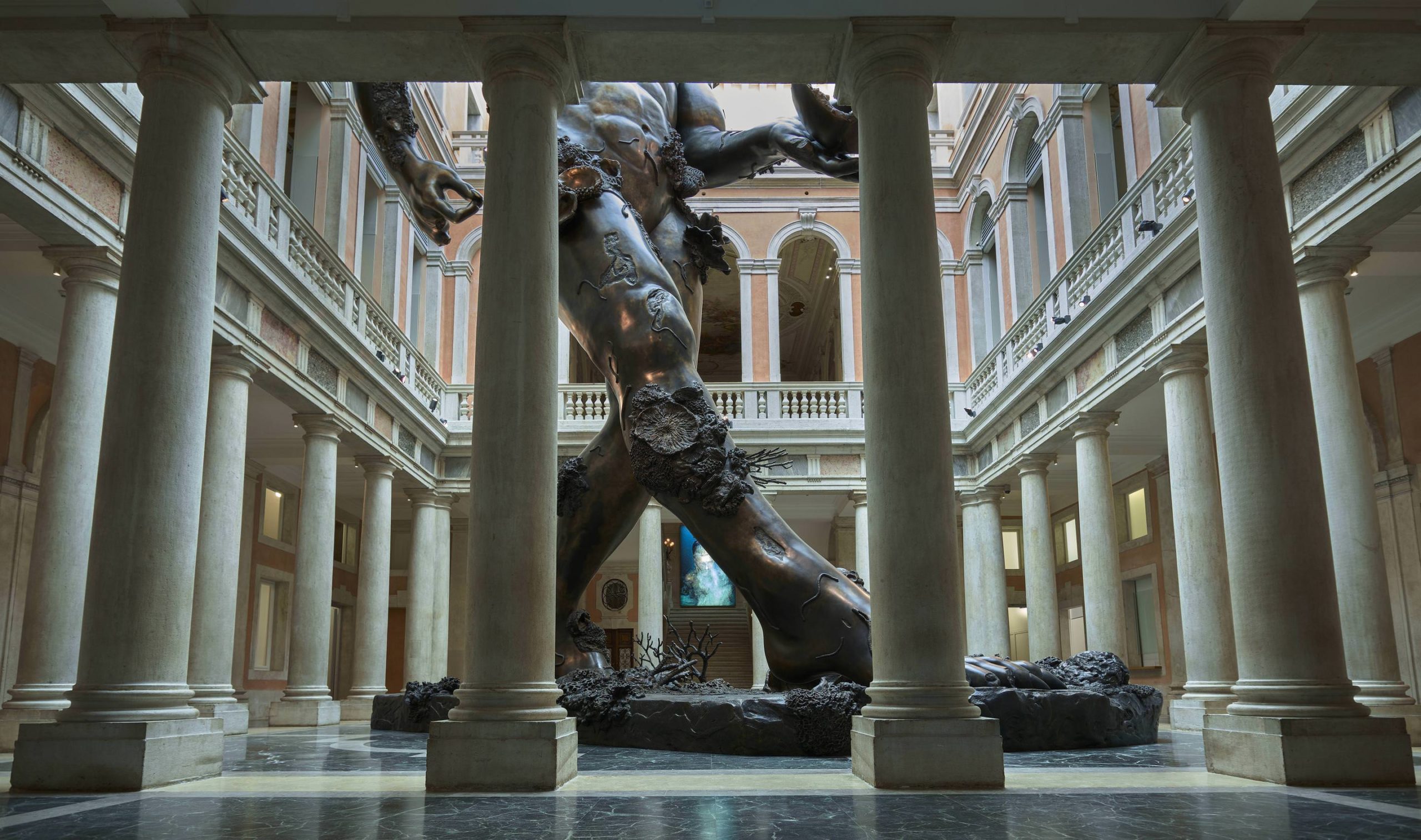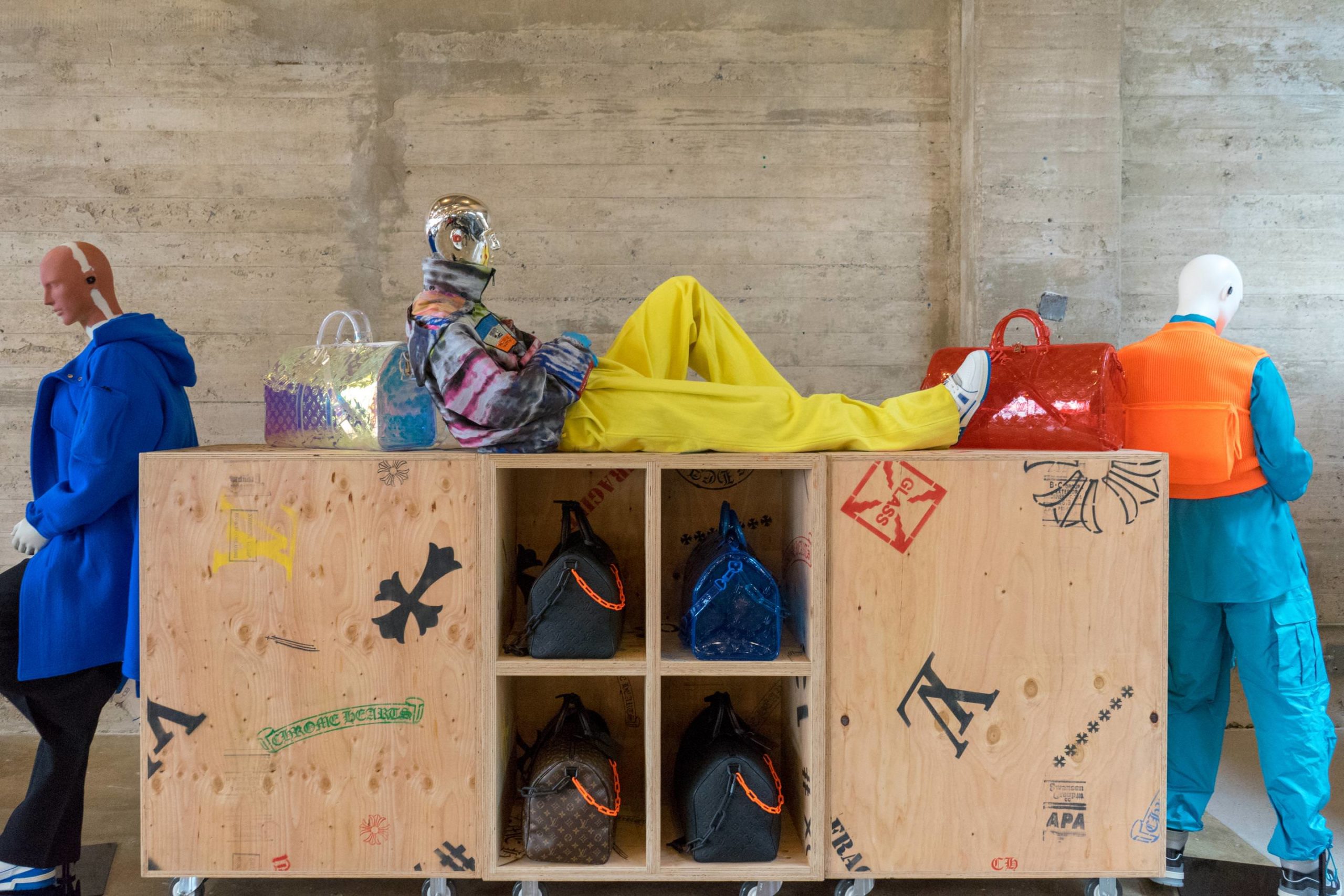Early this year, Hatje Cantz published UBS Art Collection: To Art Its Freedom, the first major publication on the subject in a decade. What is unique about the collection’s more than 30,000 works displayed in over 800 offices worldwide is that it is made up from three separate entities, which were formally brought together in 2004: the Union Bank of Switzerland, the Swiss Bank Corporation, and Paine Webber. Most works date from the 1960s onward, except for some outliers, such as a fantastic group of 19th-century Ferdinand Hodler paintings. UBS has actively commissioned projects from artists like Rebecca Horn, Dan Flavin, Sylvie Fleury, and Jenny Holzer. Whitewall spoke with Mary Rozell, an art historian, lawyer, and now global head of the collection, about future acquisition and exhibition plans.
WHITEWALL: When you joined UBS in 2015, how did you begin to familiarize yourself with such a large collection?
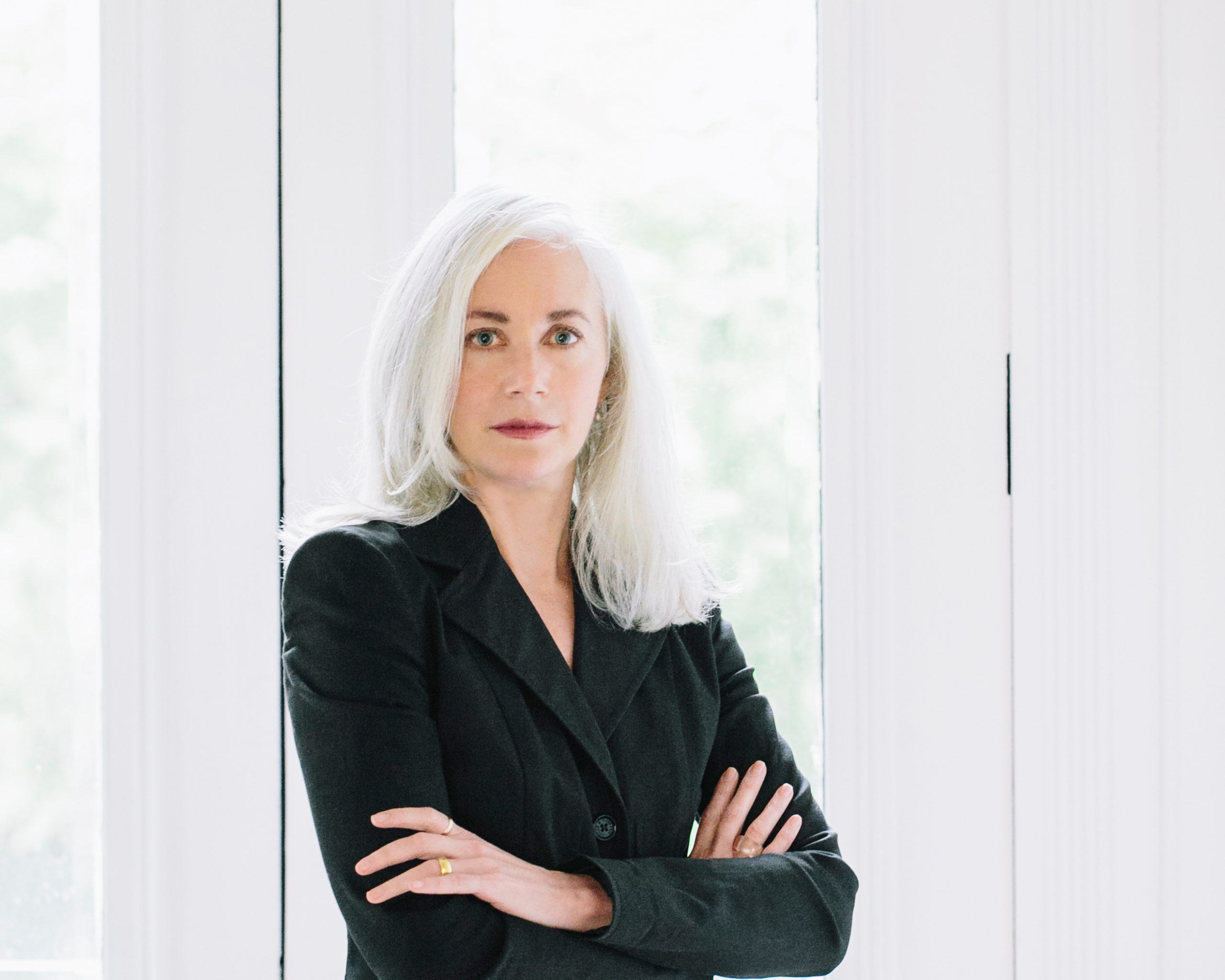 Portrait by Timothy Mulcare
Portrait by Timothy Mulcare
MARY ROZELL: I had known the UBS Art Collection for years, but I didn’t really understand it. I didn’t know that there were three collections. For me, it was kind of a deep dive into how they came together, and what that meant. One thing I was trying to do was see if these collections connect in any way, and then look toward the big picture of where we go from here. The book was a great way to get to know the collection. When you have a collection this large, there are never-ending discoveries and surprises.
WW: Some surprises mentioned in the book are the mural by Alois Carigiet (a famous Swiss children’s book illustrator) and the Ferdinand Hodler works. Were there any others?
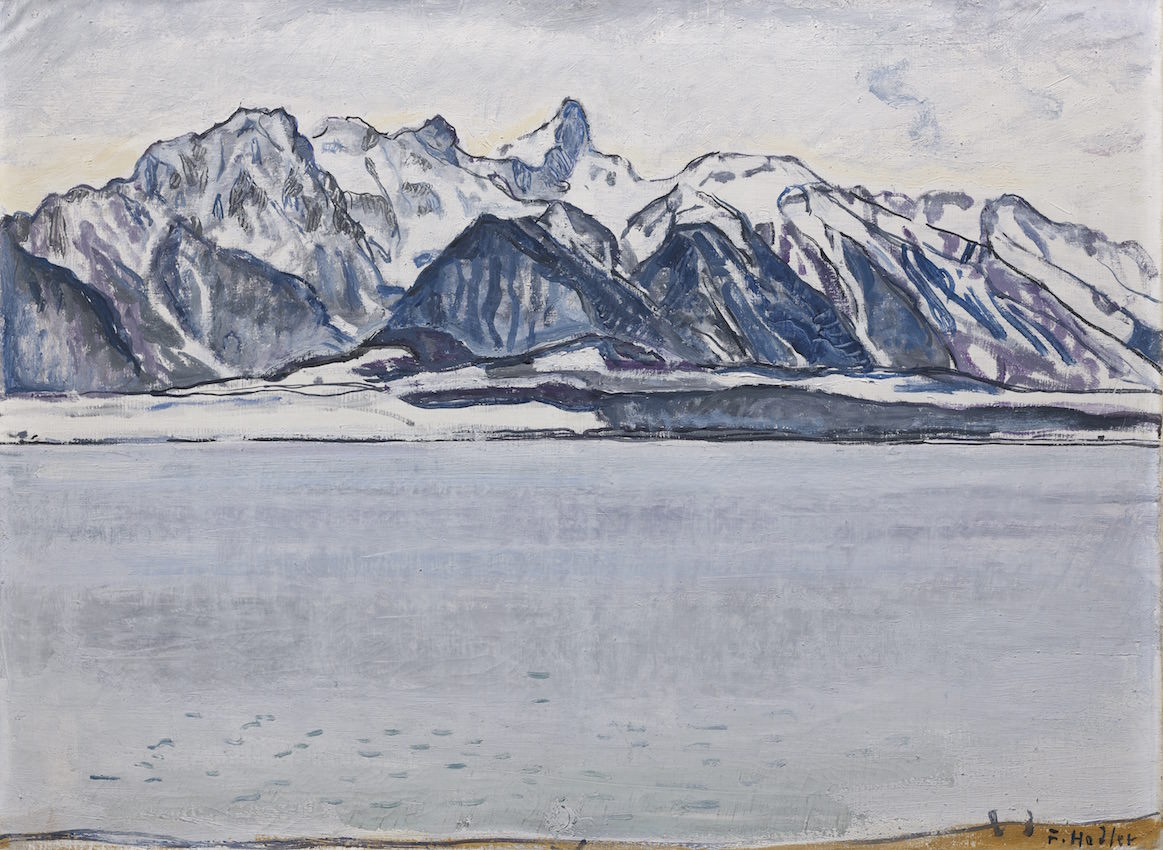 Ferdinand Hodler
Ferdinand HodlerStockhornkette im Winter
1912
Oil on canvas
25 9/16 × 34 13/16 inches
Courtesy of the UBS Art Collection
MR: Well, those two were the real surprises. There were outliers because UBS is all contemporary, contemporary, contemporary. There was even a point when artworks made before 1960 were being reassessed since the direction of the Collection was changing. For me, the Hodlers were a great discovery. I love Hodler—he’s one of my favorite artists anywhere. And the Carigiet I saw on my second week on the job. I was in Switzerland and I was invited to this lunch, and that mural was in the conference room. It’s so not corporate. I just fell in love with it. The artist is like Dr. Seuss for Americans—every child in Switzerland knows his work. And then there were more individual surprises, like some Martin Kippenberger drawings and things like that.
WW: What is your focus for future acquisitions and commissions?
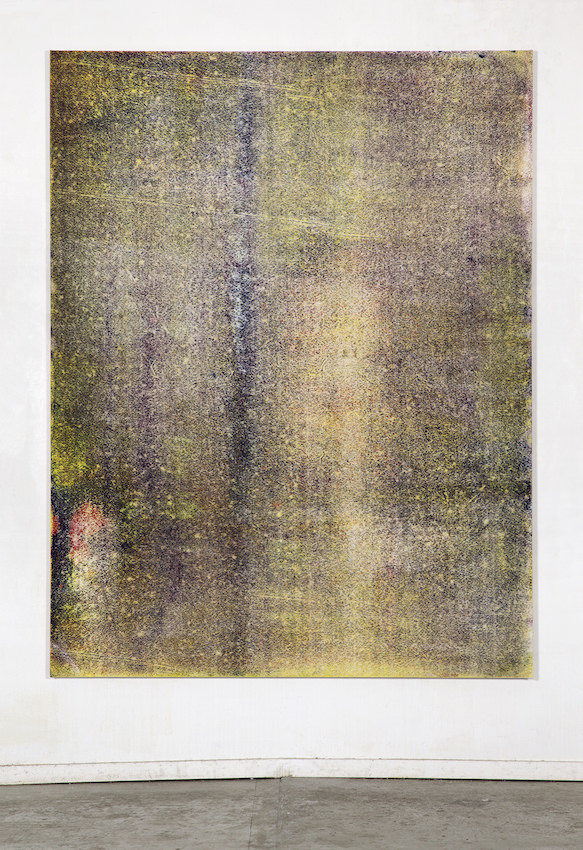 Israel Lund
Israel LundUntitled
2016
Acrylic on raw canvas
88 x 66 inches
© Israel Lund. Courtesy of David Lewis
MR: We do keep it contemporary because part of our mission is supporting artists, buying on the primary market. The whole philosophy is collecting the art of our time—stimulating works that reflect where we are now. I do want to do more commissions because we don’t want to just buy works and put them on the walls. We want to have a more active engagement with artists.
We have a loose budget, and it’s based largely on need. We’re opening a new office here or there; we need a certain kind of work for that space. And that drives it in one direction. But you never know when and where the opportunities may come up. And it’s not easy to get the works that you want. I don’t want to buy my second choice; I want to buy my first choice.
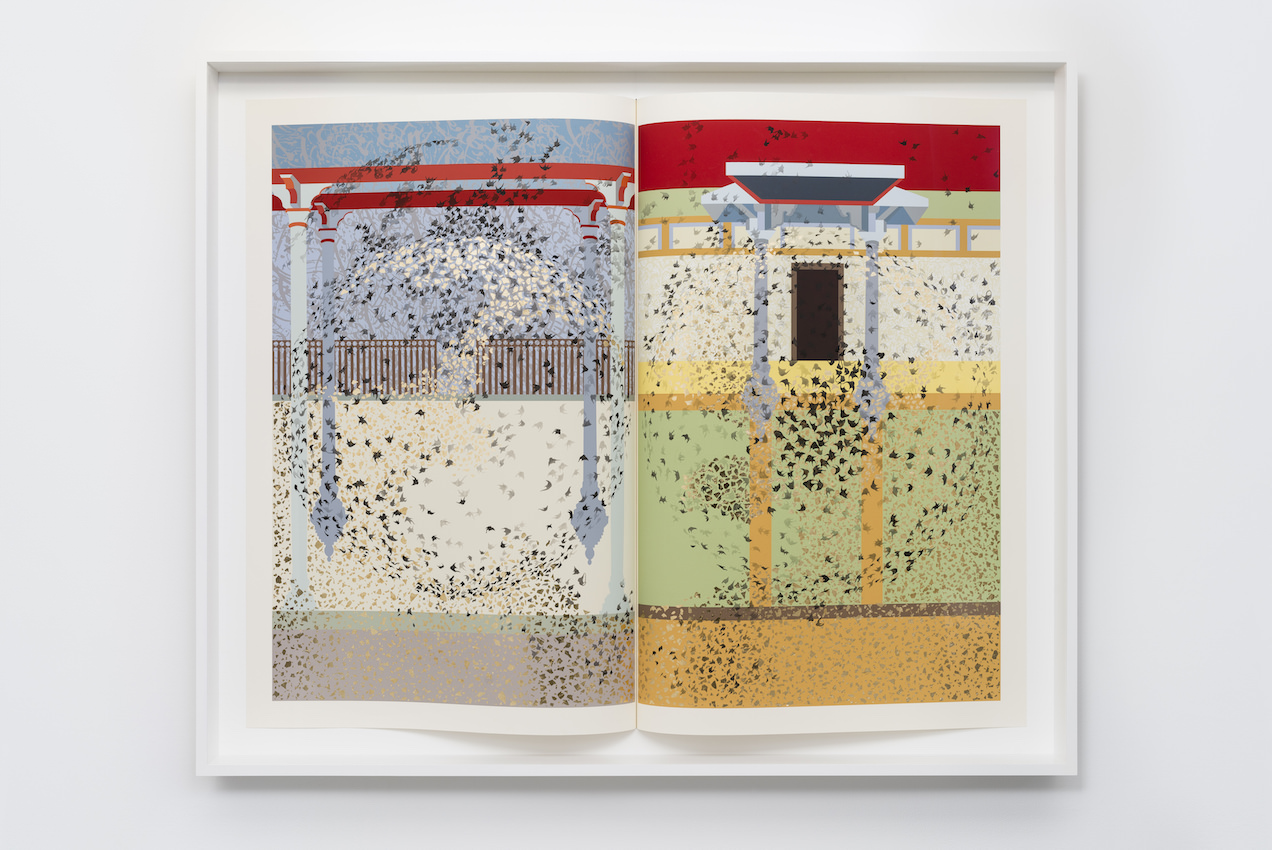 Shahzia Sikander
Shahzia SikanderVortex
2016
Screened oil based paint and painted pigment
167 x 203.8 x 19.7 cm
© Shahzia Sikander
Courtesy the artist and Pilar Corrias Gallery
WW: You’ve noted that there are recognized gaps in the collection, when it comes to work made by women and people of color. Is that something you’ll focus on for new acquisitions?
MR: When you look at these western collections, private or corporate, they are all kind of in the same boat. They reflected the art market, so women are and minorities have long been underrepresented in the market and elsewhere. Our mission going forward is to reflect our business, which has expanded globally.
We also want to support galleries in all of our regions. In the collecting space you develop close relationships with certain galleries. We have those relationships, but we also want to cast our net wide so we’re supporting on a broader level.
WW: In your previous work, you consulted and advised collectors. In your current role, how are you engaging with UBS clients?
MR: I don’t give advice to any of our clients—that’s not my role. We’re collectors ourselves, so I don’t get into that. But we have an enjoyable time speaking about art with our clients. They appreciate the fact that their financial institution has another point of interest and conversation point. It’s not just about money. For some of our clients, art is their most valuable financial asset, so from a passion perspective, I think they appreciate that their bank understands that and there is a place for them to enjoy that.
This article appears in Whitewall’s spring 2017 Women in the Arts issue.









